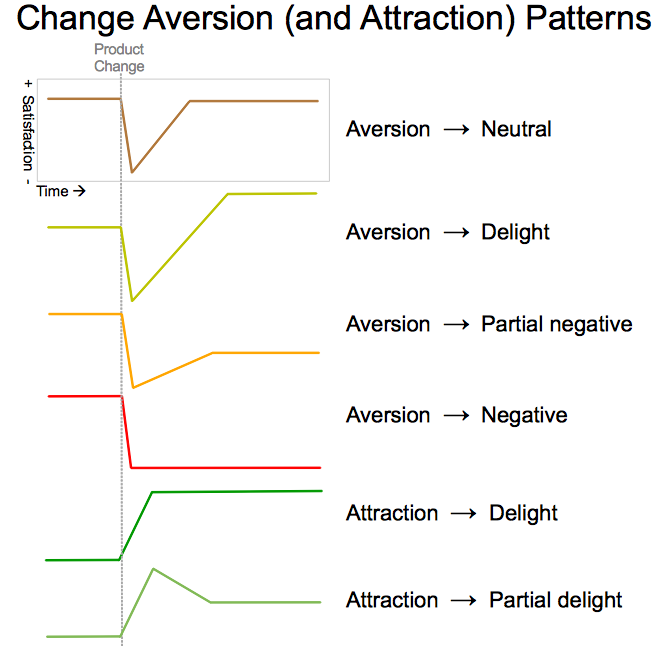Aaron Siedler: 'Change Aversion': Why Users Dislike Your New Products and Features (and How to Address It)
What is "Change Aversion"?
In general, "change aversion" refers to the unrest and opposition that arise among users whenever you alter something they frequently use in your product. This unrest is almost always present in every version of products like Gmail, YouTube, and the iPhone.
How to Mitigate or Even Avoid "Change Aversion"?
- Inform users in advance and provide understanding afterward. Notify users of significant changes in the new version beforehand and explain the reasons for these changes, then offer guidance on how to transition afterward.
- Allow users to switch freely. Do not cut off users' ability to revert to the original version; do not leave them feeling isolated and helpless.
- Continuously follow up on user feedback.
Don't Let "Change Aversion" Be an Excuse for Poor Execution
Over time, whether changes to the product are good or bad will ultimately be revealed.
